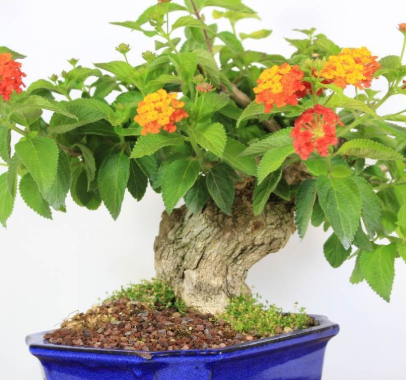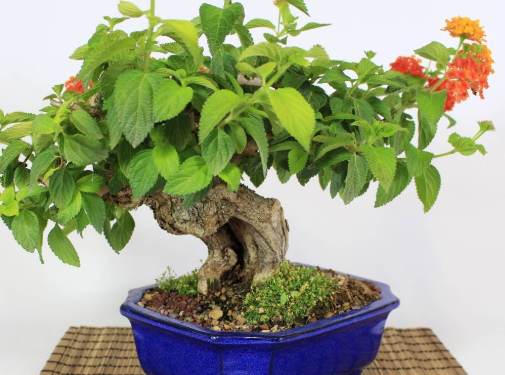Lantana plants can be grown as evergreen perennials in USDA planting zone 8 and higher. These flowers are not native to Florida but have become naturalized there and are widespread. In fact, the shrubs are considered invasive plants there and in certain other warm regions. In more northerly zones, they are treated as annuals.
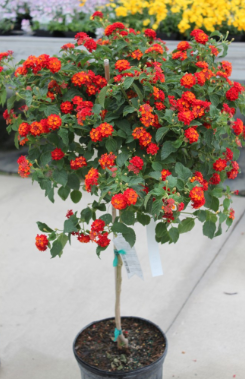
They are known for their rounded clusters of small, brightly-colored flowers. The flowers may be yellow, orange, white, red and purple, and often colors are mixed within the same cluster, creating a bicolored effect. Most people dislike the smell of the flowers. But the aroma of their foliage qualifies them as fragrant plants, in the view of some gardeners. The leaves smell, in fact, like citrus.
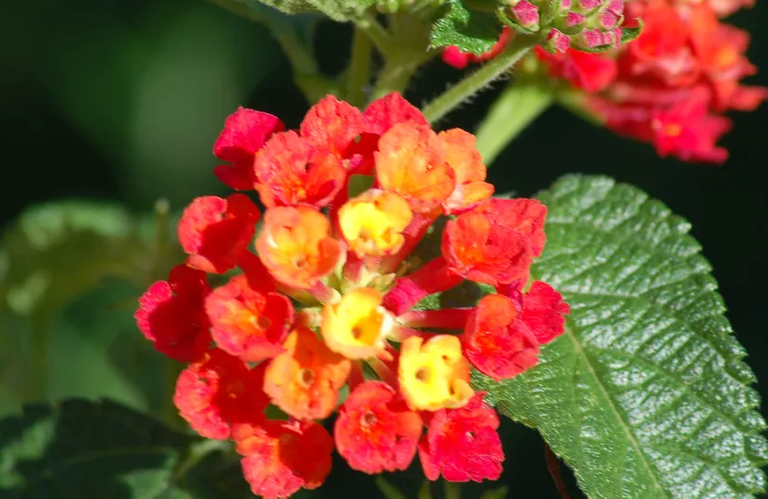
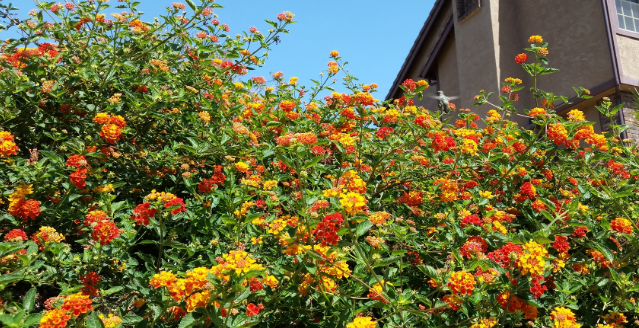
Lantana Bonsai – In Colorado
Lantana make really good Bonsai trees if you can find one with a big trunk. Finding one with a big trunk is hard to do outside of Florida. I do think it is possible to grow a small Lantana up if you can keep it alive over the winter. They do grow well under florescent lights in colder areas of the states. I keep mine directly under a large double t8 florescent light. I use an orchid fertilizer all winter, 1 scoop per gallon of water of this product: RePotMe Fertilizer. I have had the following Lantana since 2009 and have let the branches grow all winter long and pinch the flower buds off all winter long. In the spring the branches have been chopped back. After 7 years I feel the branches are big enough that I do not have to let it grow out any more and will keep it trimmed back this year. Lantana love to be re-potted. If your Lantana is wilting after watering, then you need to do an immediate re-potting session and cut back the branches. It should respond back with new growth.
